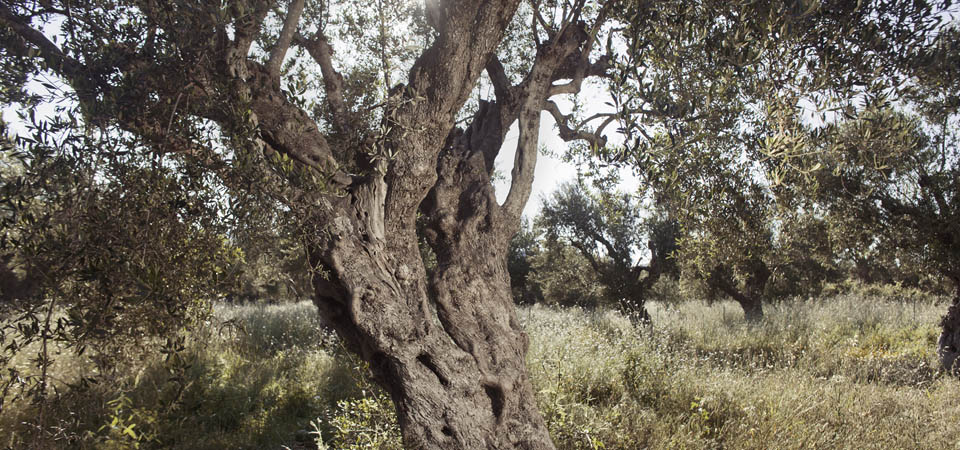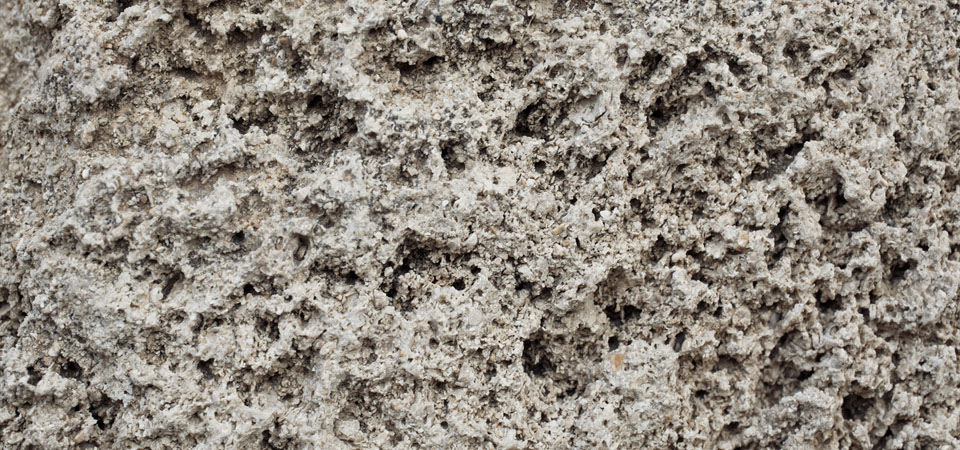THE OLIVE TREE AND ITS FRUIT
The Aeithalis tree, with its elongated leaves, is grown in subtropical and temperate climates. Its scientific name is Olea Europaea. It ranges in height from three to twelve metres and its leaves are dark green on one side and silver on the other.This tree endures very well over time and in many cases it survives for more than a century. If the trunk dies, it is still possible to regenerate the tree from its roots. It does not stand up well to the cold, but it can withstand drought and strong winds. The trees bloom in the spring and are fertilized by the wind. They do not produce fruit in the first 5-8 years and are not fully developed until they reach 20 years. They mature and reach the full yield of produce between the ages of 35-150 years and produce fruit, tirelessly every two years. The fruit matures from six to eight months after flowering. When the olives are mature, their color changes from green to black while still hanging on the twigs for a few weeks. For the production of olive oil olives are collected when mature, but this does not apply to the production of edible olives which may be picked from the trees when they are still green.
While olives and olive oil are great food for humans, olive leaves are fodder for animals, olive wood may be used as fuel, and also in the art of wood carving. Nothing is wasted. A reason why olive trees are considered blessed.
The prominent position of the olive tree in Greek history and mythology is no mystery. The mythological story of the conflict between Athena and Poseidon is well known, as well as how the city of Athens got its name. According to the myth, the city would take the name of the god who offered the greater gift it the city’s people. Poseidon struck a rock with his triaina and salty water came out. Athena struck the rock with her lance and an olive came out. The people of the city considered the offering of Athena as superior and named the city of Athens in her honor.



